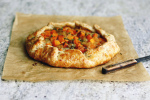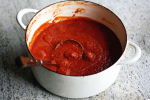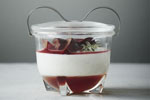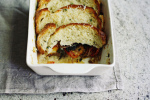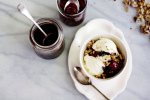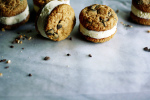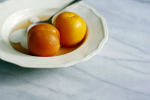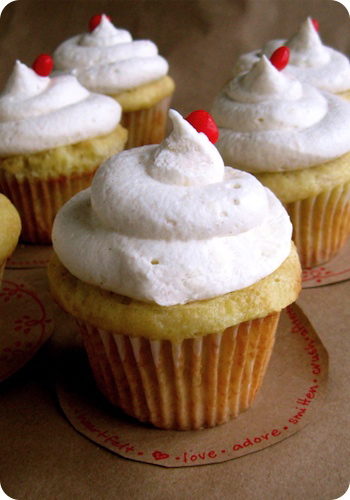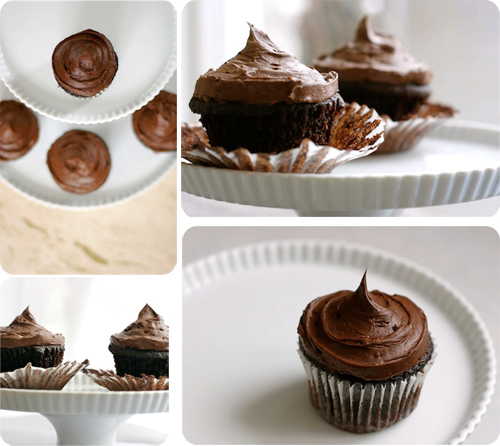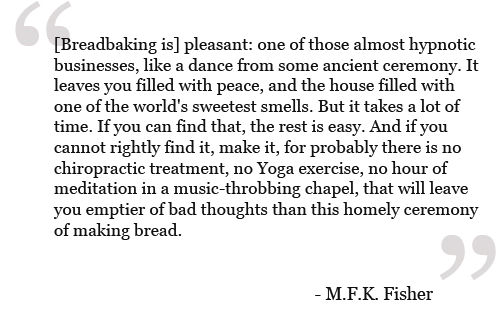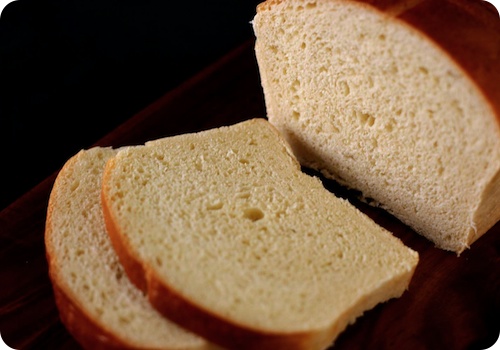An unending chorus
 Thursday, March 12, 2009 at 1:51PM
Thursday, March 12, 2009 at 1:51PM 
Lightly toasted; an adapted Irish soda bread slathered with butter and black raspberry preserves, served on my Grandmother's china.
When I married my husband, I adopted his surname. Lucky for me, attached to that marvelous man was a name that suited my own and came with an added bonus - an apostrophe as its crown. And so, on our wedding day, my Indian self became an Irish girl.
At birth each of our sons were claimed by their history, given names which carry meaning in our respective families. As the boys grow, I am time and again amazed by the echoes of their heritage as they become evident. William's smile is the replica of his father's at the same age. Benjamin's eyes carry my expressions. Family members tell stories of relatives we have never known, and how they are mirrored now in our children.
I am struck by the wonder of it, the way that traits find their way through bloodlines, inextricably weaving generations together in repeating pattern. It is an unending chorus, sung in round, sung back.
Our sense of identity is in constant evolution; carrying on and adding on, as we move forward in lives and relationships. Despite this change, we often remember back as we move ahead - gesture a nod of acknowledgement to the clans, countries and cultures from which we came.
Although I cannot pretend to be an expert Indian cook, I do attempt to speak that language of spice in our kitchen. My chicken curry might not exactly be my father's, but it is the one my children will know as "theirs". I have made a refrain of my commitment to maintaining that vocabulary of food, so that it will remain familiar.
With the day for St. Patrick approaching next week, my thoughts took a Gaelic turn. Irish might make up only a fraction of our family, but its brand upon us is indisputable - therefore it seemed proper to herald the feast of the patron saint of Ireland. Ever-present on the Irish table, hearty, satisfying soda bread made its way to our plates, with its unassuming stature and nubbled crumb. Although its rough-hewn crust seems substantial, its cheeks are tender. Soda bread is heavier textured than a scone, and with a flavour more subtly-complex than the all-out buttery-ness of a biscuit.
The romantic side of me wants to say that the reason my sons and husband enjoyed this bread so much was because of some genetic predisposition - a subconscious recognition of an ancient root in their geneology. That may be the case, or it might have just been some good bread. Either way, the intent was there; a meal to celebrate not one day, but all those that had passed before.
Irish-ish soda bread
Traditional Irish soda bread only contains flour, buttermilk, baking soda and salt. This version uses a mix of flours, along with oats for texture, and an egg for richness. Since I more often than not have yogurt in the fridge, I have used it as my liquid. A quick bake in high heat allows you to have bread on the table, from start to finish, in about an hour.
2 cups all-purpose flour
1 1/2 cups whole wheat flour
1/2 cup old-fashioned rolled oats (large flake, not instant)
1 1/2 teaspoons salt
2 tablespoons golden (light) brown sugar
1 teaspoon baking powder
1 teaspoon baking soda
1 1/2 cups yogurt (I use non-fat)
1 large egg, lightly beaten
4 tablespoons (1/4 cup, 1/2 stick) cold, unsalted butter, diced
Preheat oven to 425°F (220°C). Line a standard baking sheet with parchment paper and set aside.
In a large bowl, whisk together the flours, oats, salt, sugar, baking powder and baking soda.
In a small bowl, whisk together the yogurt and egg. Set aside.
Using a pastry cutter, two knives or your fingers, cut the butter into the flour cutting and work the butter until the mixture resembles coarse meal. Stir in the yogurt, mixing until you have a rough dough. Use your hands to turn and lightly knead the bread in the bowl, incorporating all the dry ingredients.
Working quickly, turn the dough onto a lightly-floured work surface and knead gently for about 30 seconds; the dough should be soft and elastic. Form the dough into a boule, about 8-inches across with a gentle dome and slightly-flattened top. Dust the surface of the bread with a sprinkling of flour, then use a sharp knife to slash a shallow cross from edge to edge of the loaf. Transfer bread to prepared baking sheet.
Bake for 35-45 minutes, or until the bread is golden brown and sounds hollow when tapped on the bottom. If the crust gets too dark during baking, tent loosely with foil. Cool on a rack for at least 10 minutes, then enjoy.
Makes 1 loaf.
Notes:
• The dough make take a few turns in the bowl to fully come together. If only absolutely necessary, add a bit more yogurt, a teaspoon at a time, to incorporate all the dry ingredients. Work the dough as gently as possible.
 baking,
baking,  biography,
biography,  breakfast,
breakfast,  oats,
oats,  snack,
snack,  soda bread,
soda bread,  whole wheat
whole wheat 

